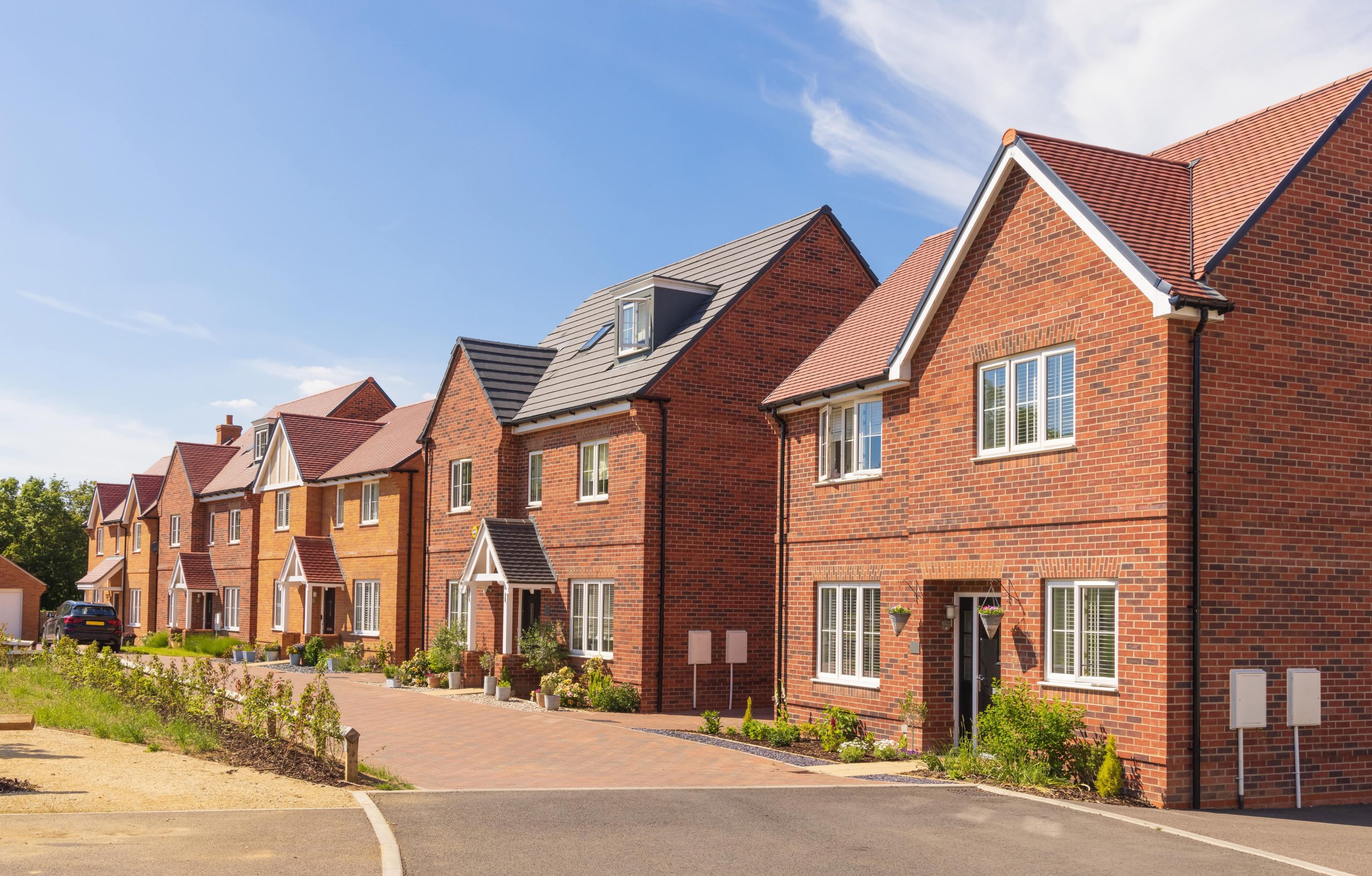How is a Council Using Retrofitting to Futureproof its Housing?

Southend-on-Sea City Council has announced an ongoing project with the aim of making homes better for people and the environment. How is it using retrofitting to create resilience in its housing stock?
A council house in Leigh-on-Sea is in the middle of being retrofitted with an energy-saving kit. The aim is to make the house more comfortable.
To do this, numerous water-saving and recycling measures will be installed inside the house and the garden.
All the measures will not only work to lower energy and water bills but also deliver environmental improvements such as making more space for wildlife, reducing surface water flooding, and improving water quality.
Making energy and water more sustainable and affordable is key
Work is due to be completed by the end of November and the house will be open as a show home for three months.
Councillor Meg Davidson, Cabinet Member for Environment, explained that implementing retrofitting measures will help to futureproof housing stock: “This is an innovative idea that will demonstrate beyond doubt to all, that the short-term pain of having building work done, leads to the long-term gain of lower energy and water bills.”
Continuing, the Councillor highlighted that energy and water are basic needs for people and ensuring that these are more sustainable and affordable is the aim: “As a society, we are much more climate-conscious and it’s time for our homes to reflect that.”
We’re always going to need energy and water for our creature comforts, but it shouldn’t be to the detriment of the plant, or our wallets.
Amplifying retrofitting will help to create resilient housing stock
The house will be a show home until early 2024 and then it will go to a family on the council housing waiting list.
Funding for the project has come from Southend-on-Sea City Council and Catchment to Coast are funding the garden and water-saving measures.
Councillor David Garston, Cabinet Member for Housing and Planning, expressed that ensuring that its housing stock remains good quality for generations to come is crucial.
He said: “With the rising cost of living, retrofitting is essentially futureproofing the council’s housing stock and creating resilience in our homes to make sure they are there for people who need it, for decades to come.”
Just over 100 other council-owned homes will also be retrofitted as the council progresses work with South Essex Homes and Morgan Sindall on the Social Housing Decarbonisation Fund project. This was partly funded by the Department for Energy Security and Net Zero.
Those homes eligible will be contacted directly, as the oldest and most in need are assessed first and then booked in to be retrofitted with the measures most suited to the house’s needs.

